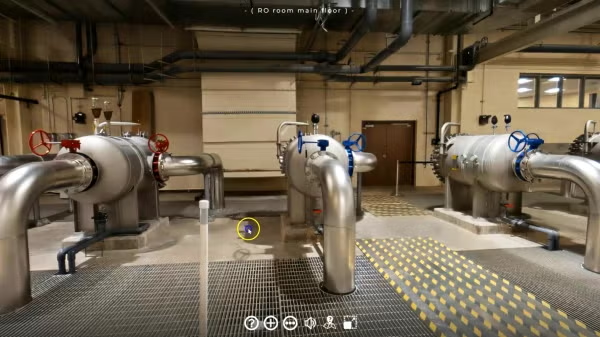Switching to 'green' plastic alone won’t solve the plastic problem, study shows

Plastic is a big problem, but replacing it with alternative materials won't fix the problem on its own. Photo courtesy of Wikimedia Commons
Plastic is everywhere. Today alone, you have probably already touched a whole lot of it, whether it’s your phone case, sunglasses, a grocery bag or your water bottle.
It’s no news that plastic is also a huge problem. Its production creates greenhouse gases, and plastic waste contaminates the environment, harming wildlife and even negatively impacting human health. The question of how to lessen the consequences of plastic when it’s so pervasive is one that many researchers have been searching for an answer to.
One frequently proposed answer is substituting harmful plastics with other materials, like paper or compostable plastics, which don’t require the emission of so many greenhouse gases in their production and which decompose more easily when thrown away. However, according to a new study published in Nature Sustainability, substitution is not a perfect solution.
“The plastic problem is really, really, bad,” says Levi Helm, the first author of the study, “and as we design solutions, we need to make sure that we're making net positive progress, not just substituting some problems for other ones. To take solving the plastic problem seriously, we need to compare potential solutions.”
Helm started looking into the idea of substituting conventional plastics with alternative materials while doing his PhD in Arizona State University’s biology and society program. He noticed that there was little discussion of what kinds of environmental impacts the production of alternative materials might have. If people were to switch over to using compostable plastics made from corn, for example, a lot of land would suddenly have to be dedicated to growing more corn to try to make enough bioplastic to meet people’s demands. What would the consequences of all that land-use change be?
Helm set out to assess what the land-use impacts of plastic alternatives would be if they were adopted at a global scale. He and his team at the Vrije Universiteit Amsterdam developed scenarios to estimate the quantity of plastic alternatives that would need to be made to keep up with demand until the year 2040. Then, the team modeled how much land would need to be used to grow the crops or trees used to make that much paper or bioplastic under the different scenarios, and assessed what the consequences might be.
Helm and his team found that substitution could lead to a substantial increase in harmful land-use change. If a variety of bio-based alternatives are used to solve the problems with plastic at a global scale, the team projected that cropland expansion could increase by 22%, while deforestation could increase by up to 20%.
With those findings, Helm and his team conclude that plastic alternatives are no magic bullet. But that doesn’t mean that people should just discard the idea of replacing conventional plastics, Helm says.
“There might be times when using some sort of bio-based substitute could be beneficial,” he says, “but if we just think about wholesale substitution, that's riskier.”
Helm and his team also emphasize the need to decrease humans’ plastic consumption overall. But Helm recognizes the difficulty in reducing every kind of plastic; some kinds of plastic have important social uses, like food preservation. So he doesn’t want to say that reduction will always be the answer, either.
“The plastics problem is not going to have one singular solution," he said. "It’s going to be a lot of solutions, depending on what exactly the problem is and what solution we can make work.”
Ultimately, Helm hopes the results of his study will add nuance to conversations about how to tackle a complex problem.
“Oftentimes, especially in policy discourse or public discourse, we tend to view environmental problems as one giant thing,” he says. “If we break problems down into their parts and compare those parts individually, we have a better chance of making changes that can meet that ultimate goal of a more sustainable world.”
More Environment and sustainability

Homes for songbirds: Protecting Lucy’s warblers in the urban desert
Each spring, tiny Lucy’s warblers, with their soft gray plumage and rusty crown, return to the Arizona desert, flitting through the mesquite branches in search of safe places to nest.But as urban…

Public education project brings new water recycling process to life
A new virtual reality project developed by an interdisciplinary team at Arizona State University has earned the 2025 WateReuse Award for Excellence in Outreach and Education. The national …

ASU team creates decision-making framework to improve conservation efficiency
Conserving the world’s ecosystems is a hard job — especially in times of climate change, large-scale landscape destruction and the sixth mass extinction. The job’s not made any easier by the fact…


